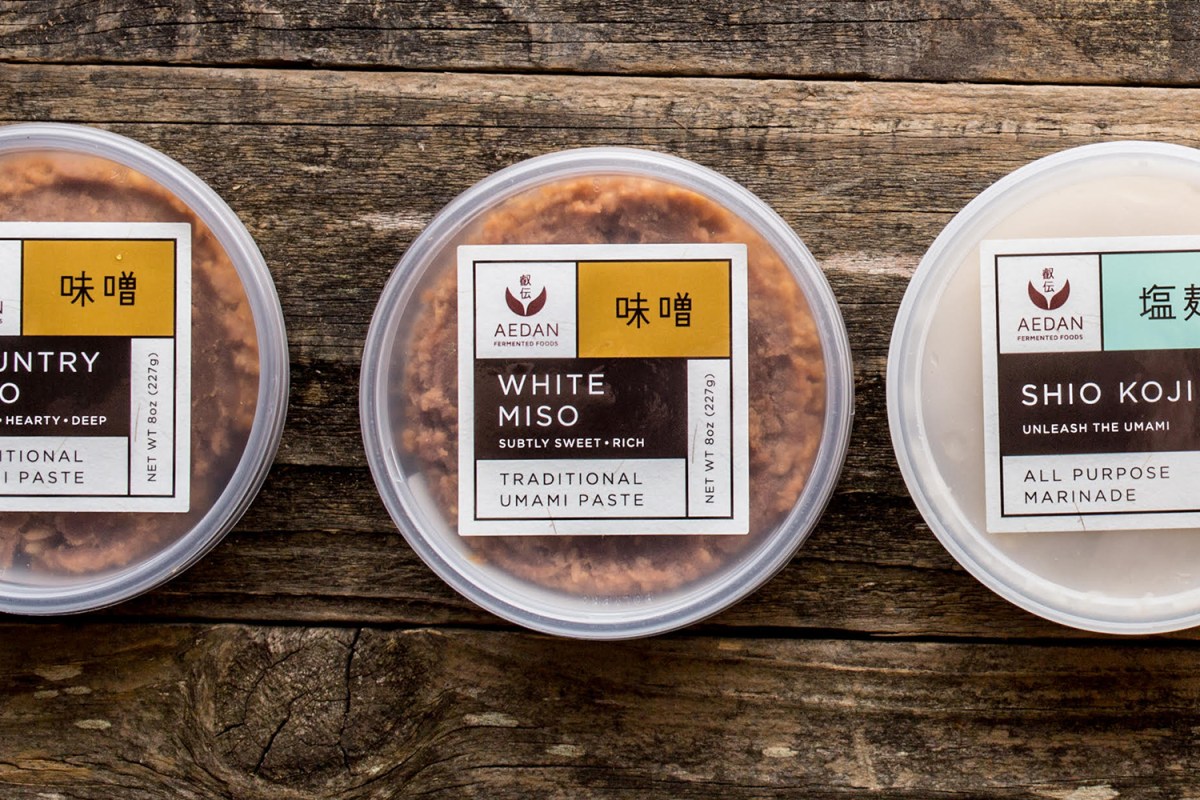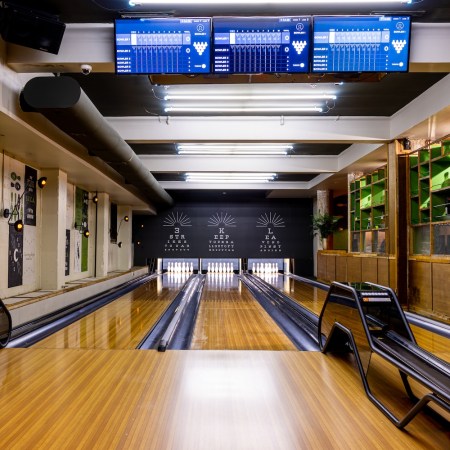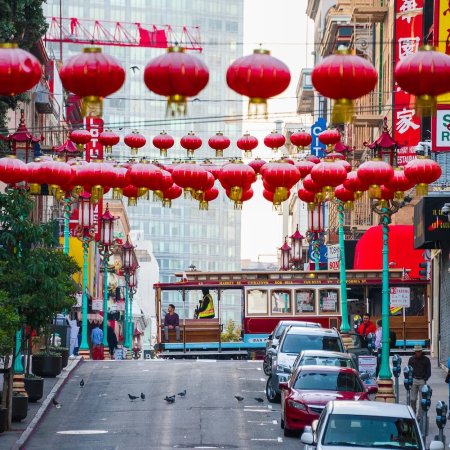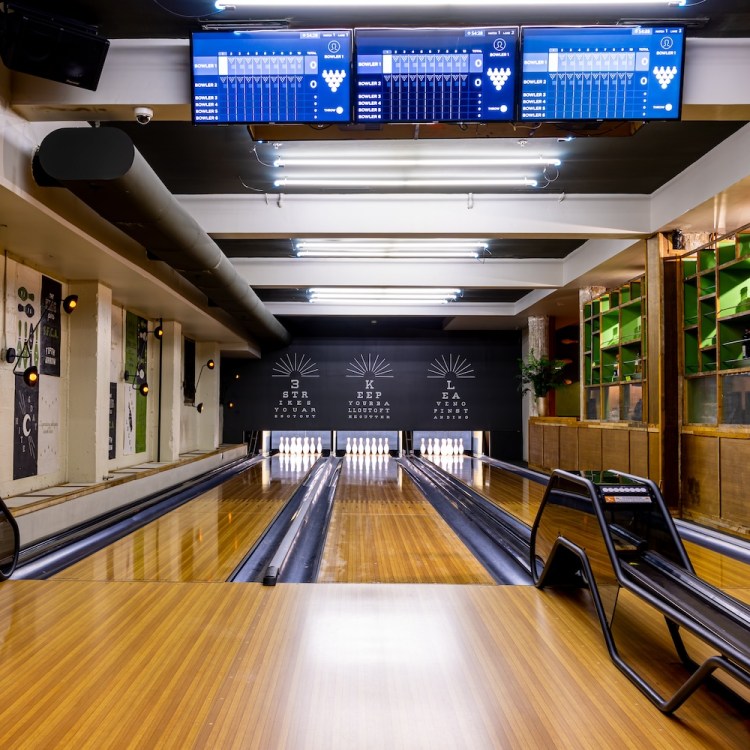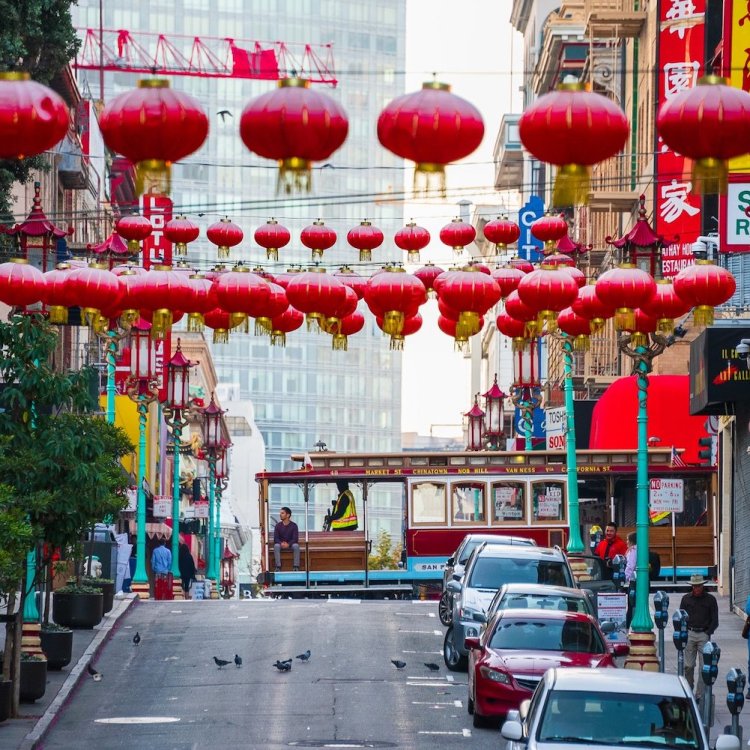Mariko Grady first started selling her homemade miso in 2011 to raise money to support victims of Japan’s Tohoku earthquake and tsunami. Now, she’s the fermented food supplier to the (Michelin) stars.
While Grady grew up enjoying the small-batch fermented products her family had been making for generations, she didn’t set out to become a purveyor of miso and koji at first. Instead, she leaned into her passion and talent for dance, founding, at the tender age of 20, Pappa Tarahumara, which would become an acclaimed theatrical dance group.
Over the course of her 30 years as a performing artist, she would begin each day with a cup of miso soup. The tradition was in her bones: The granddaughter of a miso maker, Grady grew up enjoying her mother’s homemade miso. And while she “didn’t learn directly from my father and mother,” she says, “my body remembers.”
The soup proved to be an essential, restorative part of her life on the road, and in 2011, it would become restorative for her native country as well. Following the devastating earthquake, Grady began selling her miso to fundraise for victims. It would prove to be a life-changing choice in more ways than one: In 2012, she founded Aedan Fermented Foods at San Francisco food incubator La Cocina. A decade later, her days begin early, she says, as we jump on a 7 a.m. call.
“I’m always working in the morning,” she says with a laugh.
At 8 a.m., she’ll begin by making koji, the fungus used to ferment soybeans to make miso or soy sauce. Koji, she says, “will grow on any grain,” though she usually opts for rice or barley. “Our kitchen is very small, and I cannot handle big amounts properly,” she says. “So I handle, every day, small amounts.”
It takes three days to ferment, at which point she can use it to make shio koji, amazake or miso. For the latter, she deviates a bit from tradition in opting not for soy, but for chickpeas.
“In Japan, chickpea miso is not so trendy,” she says, but she found that given the prevalence of soy and gluten aversions among her American clientele, her free-from line has become even more popular.
Today, she sells her fermented products at the Ferry Building Farmer’s Market and online, and she also shares her knowledge in her miso-making workshops.
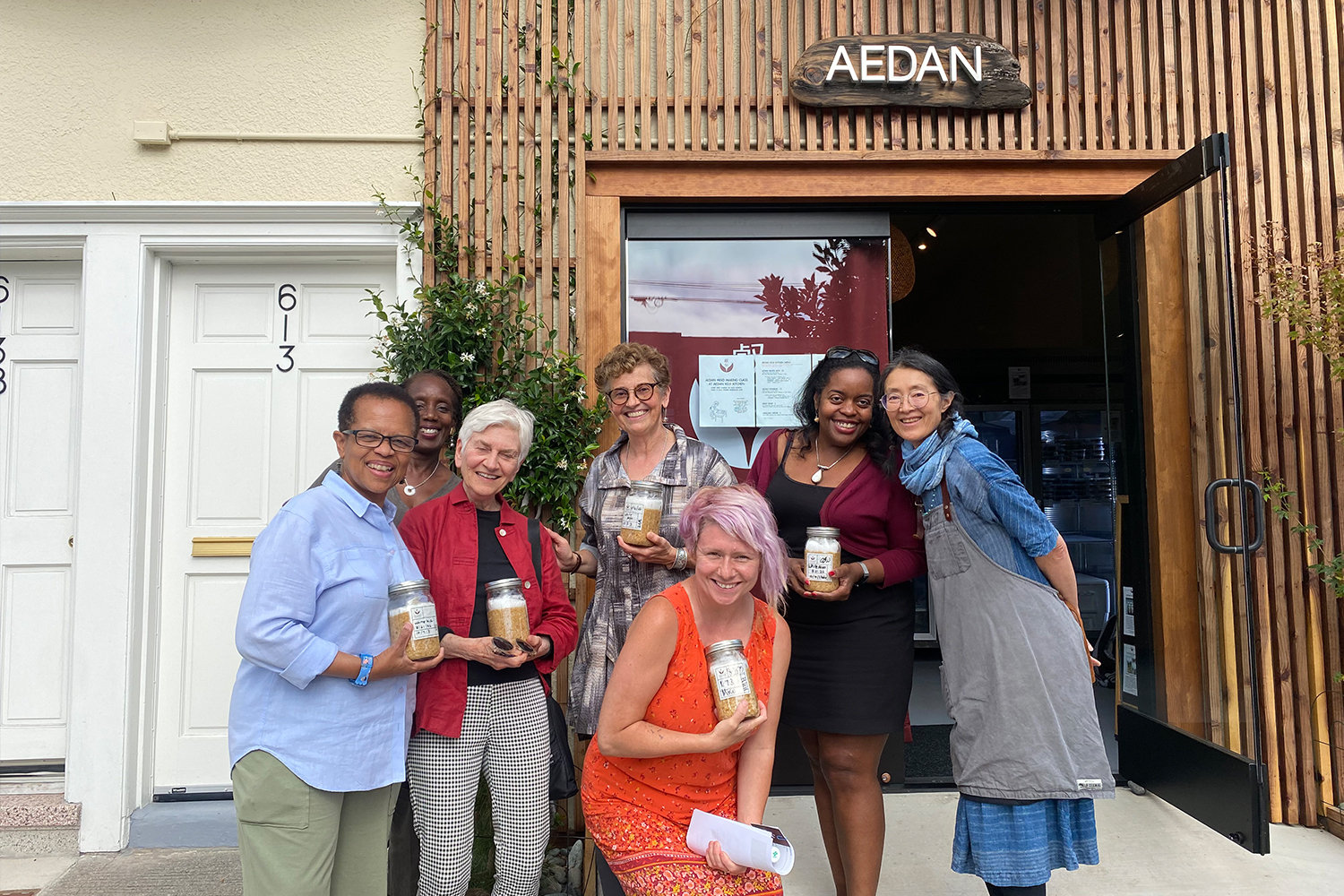
“I really wanted to share this fermentation knowledge with the Bay Area,” she says. “Natural microorganisms’ power helps our lives.”
And she has some high-powered fans. Michelin-starred chefs and top restaurants like Fish and Bird in Berkeley, Soba Ichi in Oakland and San Francisco’s Lazy Bear, Niku Steakhouse and Atelier Crenn all prefer Aedan for their miso and koji needs.
“I didn’t reach out to chefs, but chefs found me at the market, or some chefs heard about the koji product from other chefs,” she says. “And then little by little, I started selling to restaurants. It’s very natural — I naturally spread my products in the Bay Area. Like fermentation!”
At two-Michelin-starred Lazy Bear, chef-owner David Barzelay explains that the team have long made their own misos from scratch.
“We typically make varietal misos out of different vegetables, and then wait a year or two to use the misos to add complexity and umami to the same in-season-again vegetables,” he explains. “Making our own misos means we can be as picky as we want to be about the sourcing and quality of the veggies going into the misos. But frequently, we also use miso production as a way to utilize our leftover veggies. We empower our chefs going to farmers markets to just buy anything that looks/tastes good, whether or not we already have a plan for it. Sometimes we don’t end up finding another use for something, and turning it into miso is a great way to utilize it instead of throwing it out.”
After Lazy Bear’s chefs met Grady at her market stand, they began sourcing their brown rice koji directly from her.
“We could buy koji elsewhere, but we have Mariko make koji for us using Massa Organics brown rice, so it’s locally grown rice as well,” he explains. “We use brown rice as an inside joke about so-called California cuisine, and hippie food, and to give our cuisine more of a sense of a place.”
But it’s not just for laughs. “The brown rice koji Mariko makes for us comes out nutty, and slightly malty, with tons of umami,” he says. It’s used not just in the restaurant’s signature misos, but also in marinades for certain meats and fish. “Those nutty umami flavors can transfer nicely to the proteins.”
Chef Dustin Falcon, formerly of Lazy Bear, brought his love of the koji with him when he became executive chef of Michelin-starred Niku Steakhouse.
“Her products are complex and always high quality,” Falcon says. “She has some beautiful misos that have been for aged 5-plus years and other products she has gifted me like homemade tamari and mirins. Overall they are very special products.”
Much as they do at Lazy Bear, Falcon uses Grady’s koji to make his own miso, but he also uses her chickpea miso and amazake in the dip that accompanies the restaurant’s crispy potatoes. “We also season several of our sauces with amazake to impart a depth of flavor,” he adds.
Grady’s favorite remains the restorative miso soup she enjoyed on the road.
“In miso soup, we use a lot of ingredients,” she says. “In wintertime, daikon, carrot, konjac and pork, so sort of a Japanese-style stew.” She nevertheless embraces these more offbeat plays on her product from local chefs.
“They make very creative misos,” she says. “Creations with my koji. It’s my pleasure.”
Interested in trying out Grady’s Aedan products but don’t know where to start? Pick up the amazake and chickpea miso, then use them in the recipe below from Niku Steakhouse.
Niku Steakhouse's Crispy Potatoes
Servings: 4
Ingredients
- For the potatoes:
- 4 to 5 medium Yukon Gold potatoes
- 1/2 cup wagyu fat or beef tallow
- 1 cup heavy cream
- Salt, to taste
- Canola oil, as needed
- For the dip:
- 1 cup crème fraiche
- 1 cup sour cream
- 1 Tbsp. chickpea miso
- 1 Tbsp. amazake
- 1 tsp. lemon juice
- 1 tsp. salt
- 1 tsp. tamari
- 1/2 tsp. sugar
Directions
-
-
Make the potato gratin. Slice the potatoes thinly on a mandoline. (Do not place in water, or they will lose their starch). Layer the potatoes in a 9×9-inch baking pan, brushing lightly with beef fat and heavy cream and lightly sprinkling with salt as you go. Repeat this step until you use all of the potatoes or fill the pan.
-
Wrap the pan in foil and bake at 350 degrees for 90 minutes, or until tender.
-
When the potatoes emerge from the oven, top with a fan that fits into the baking dish on top of the potatoes, and add a weight on top. When cool, place in fridge overnight.
-
The next day, make the dip. Combine all of the ingredients in a KitchenAid mixer with a whisk attachment, and beat until thick and fluffy. Taste and adjust seasoning as needed, then set aside.
-
When ready to serve, portion the potatoes to your desired serving size. Heat the canola oil in a deep-fat fryer or heavy bottomed pot to 375 degrees, and fry until golden brown on all sides. Serve the potatoes with the dip.
-
This article was featured in the InsideHook SF newsletter. Sign up now for more from the Bay Area.
